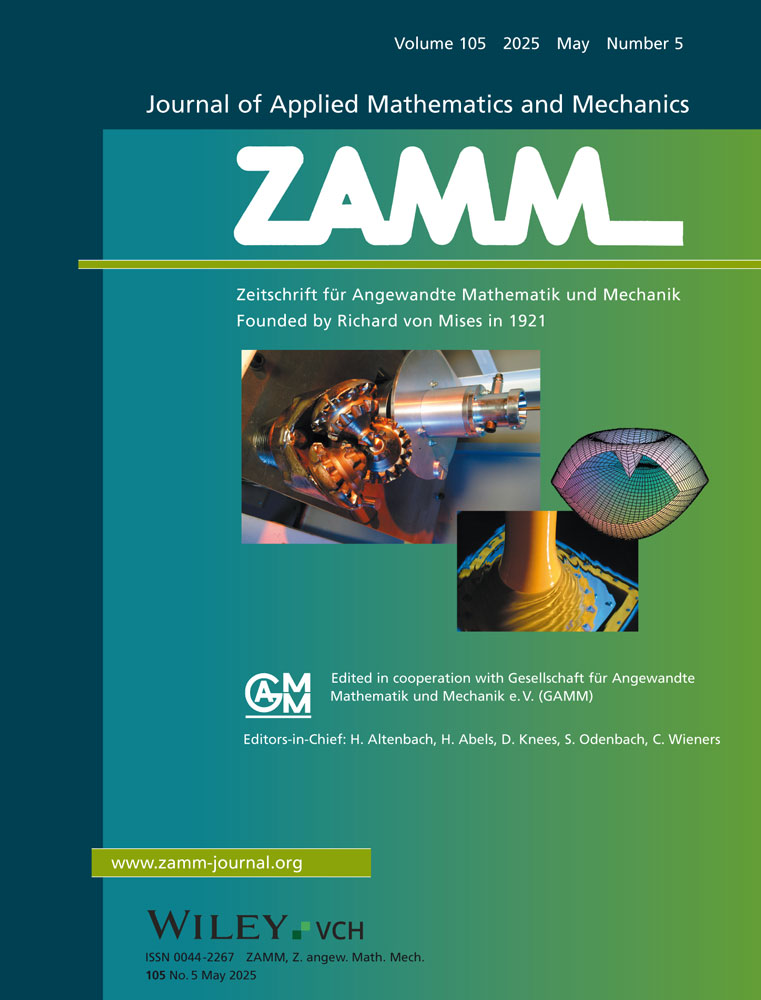Modeling, analysis, and numerical simulation of frictional contact problems in thermo-electro-elasticity using a mixed variational method
Abstract
This study presents a mathematical model for a frictional contact problem between a deformable thermo-piezoelectric body and a thermally and electrically conductive foundation. The process is assumed to be static, and the model is developed under the assumption of small deformations. The material behavior is described by a thermo-electro-elastic constitutive law, while the contact is governed by normal compliance conditions and regularized electrical-thermal conductivity conditions. The model explicitly incorporates the effects of electrical and thermal conductivity, as well as the thermal phenomena generated during the process, to describe the evolution of the thermo-electro-mechanical state of a piezoelectric body in frictional contact with a conductive foundation. The resulting formulation is a coupled system involving displacements, electric potential, and temperature. The analysis is based on a mixed variational formulation that includes a Lagrange multiplier. The existence and uniqueness of the solution are rigorously established, and an efficient algorithm is proposed to approximate the weak solution, addressing both friction and thermo-electro contact conditions. Finally, a numerical example is provided to demonstrate the practical applicability of the model.




